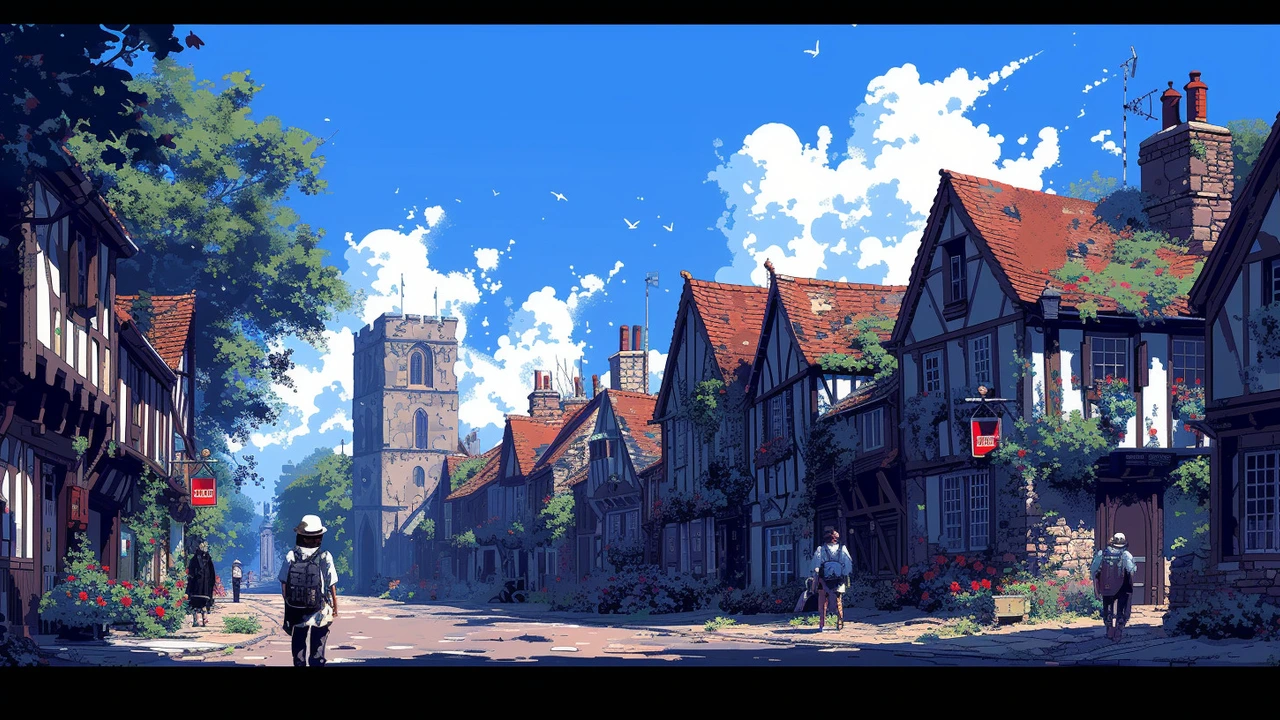Diversity in Art & Architecture: Why Different Styles Matter
Ever noticed how one street can mix a Greek-columned courthouse, a shiny Art Nouveau façade, and a renovated Craftsman house? That mix is more than eye candy — it's a record of culture, technology, and people changing over time. Diversity in architecture and art tells stories about who lived where, what they valued, and how they solved common problems with different tools.
Think about Roman engineering next to Byzantine mosaics or Baroque drama beside minimalist interiors. Each style answers a need: Roman arches solved spans, Byzantine domes focused light and worship, and Minimalism cuts clutter for focus. Spotting those answers helps you read buildings the way you read a biography.
How to Spot Different Styles Quickly
Look for a few clear clues instead of memorizing dates. Columns, roof shapes, and window styles are fast signals: Greek Revival uses big columns and pediments; Gothic Revival shows pointed arches and stained glass; Dutch Colonial Revival favors gambrel roofs. Materials also tell a story — heavy stone and rounded arches often point to Romanesque, while flowing metalwork hints at Art Nouveau.
Context helps. A civic building in the 1800s may favor Beaux-Arts grandeur; a factory turned museum might show postmodern tweaks. When traveling, use those clues to guess a building’s era before you read the plaque — it's a small game that sharpens observation.
Practical Ways to Use Diversity in Design
Want to bring variety into your home without chaos? Pick one dominant style and add one or two accents from another era. For example, keep a Colonial symmetry in the layout, then add an Art Nouveau light fixture or a Craftsman built-in shelf. Contrast works best when one style provides structure and another supplies personality.
When renovating historic homes, respect original details. Replace, don’t remove, signature elements like moldings or unique windows whenever possible. Preservation keeps the story intact and usually saves money in the long run because you avoid overhauling load-bearing features.
Diversity also matters in public spaces. Mixing styles can make a neighborhood livelier and more inclusive, reflecting different communities and eras. Urban planners often use historic facades alongside modern glass to keep character while improving function.
Finally, curiosity goes a long way. Read short guides on styles you encounter, follow a few neighborhood walking tours, or browse articles on specific movements — from Byzantine domes to Renaissance palaces and postmodern surprises. Each style you learn makes the next building you see more interesting.
Want examples to explore? Check posts on Roman engineering, Gothic Revival drama, Beaux-Arts grandeur, Greek Revival columns, and the quiet power of Minimalism. Those pieces show how varied designs created by different times and cultures still shape the places we live and visit.

Celebrating the Richness and Diversity of Tudor Architecture
In my recent exploration, I've been absolutely tickled pink by the grandeur and variety of Tudor Architecture! These architectural gems, dating from the playful, yet somehow regal, time of the Tudors (1485-1603), are a delightful mishmash of styles, materials, and design motifs. From charming half-timbered houses, popping up like a scene from a fairy tale, to imposing stone castles with their majestic appeal - the range is simply astounding! It's like diving into a hearty architectural fruit salad, each bite offering a new surprise. So, let's put on our explorer hats and join the jolly jamboree, celebrating the rich, diverse, and slightly quirky world of Tudor architecture!
Read more